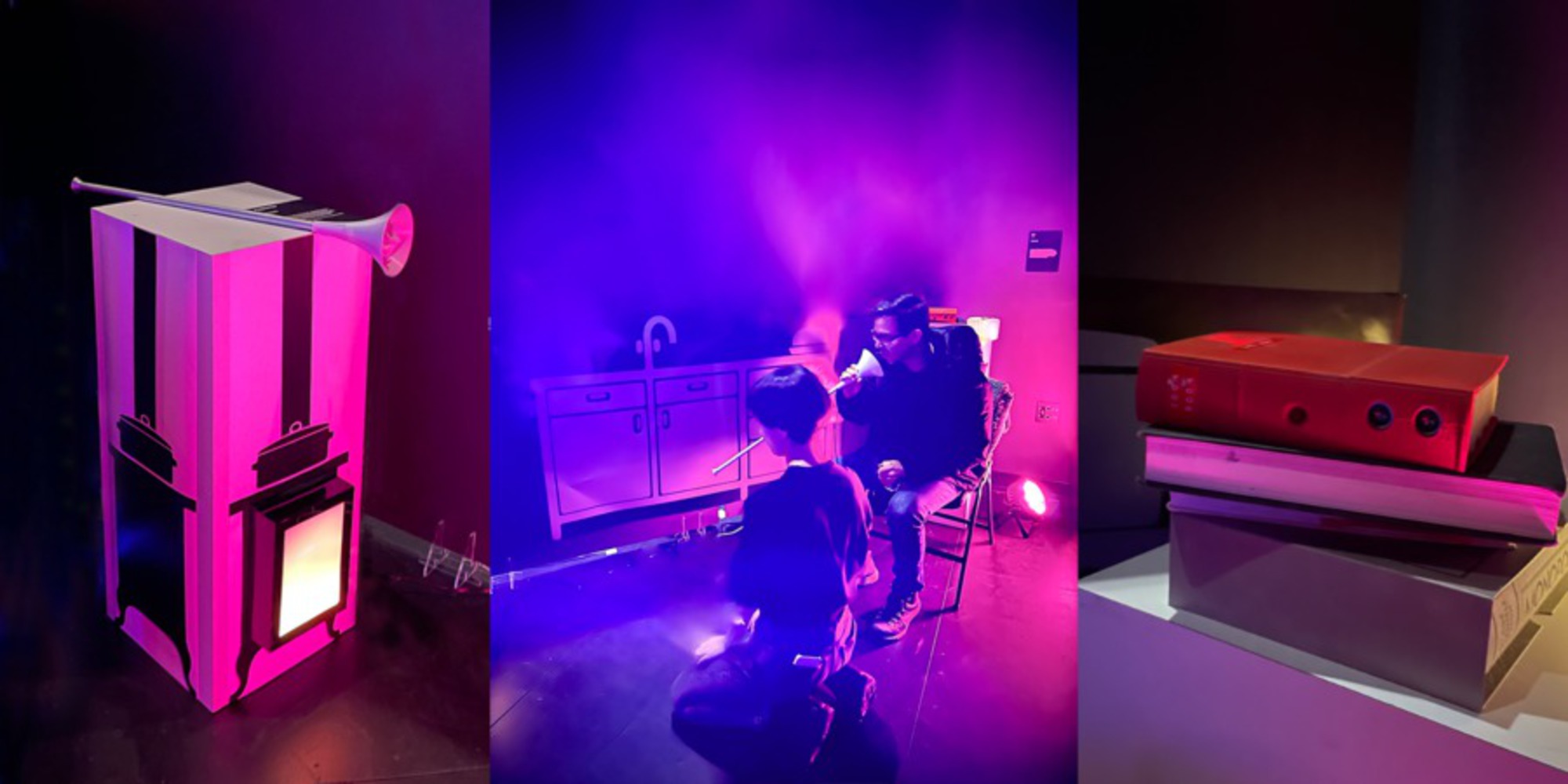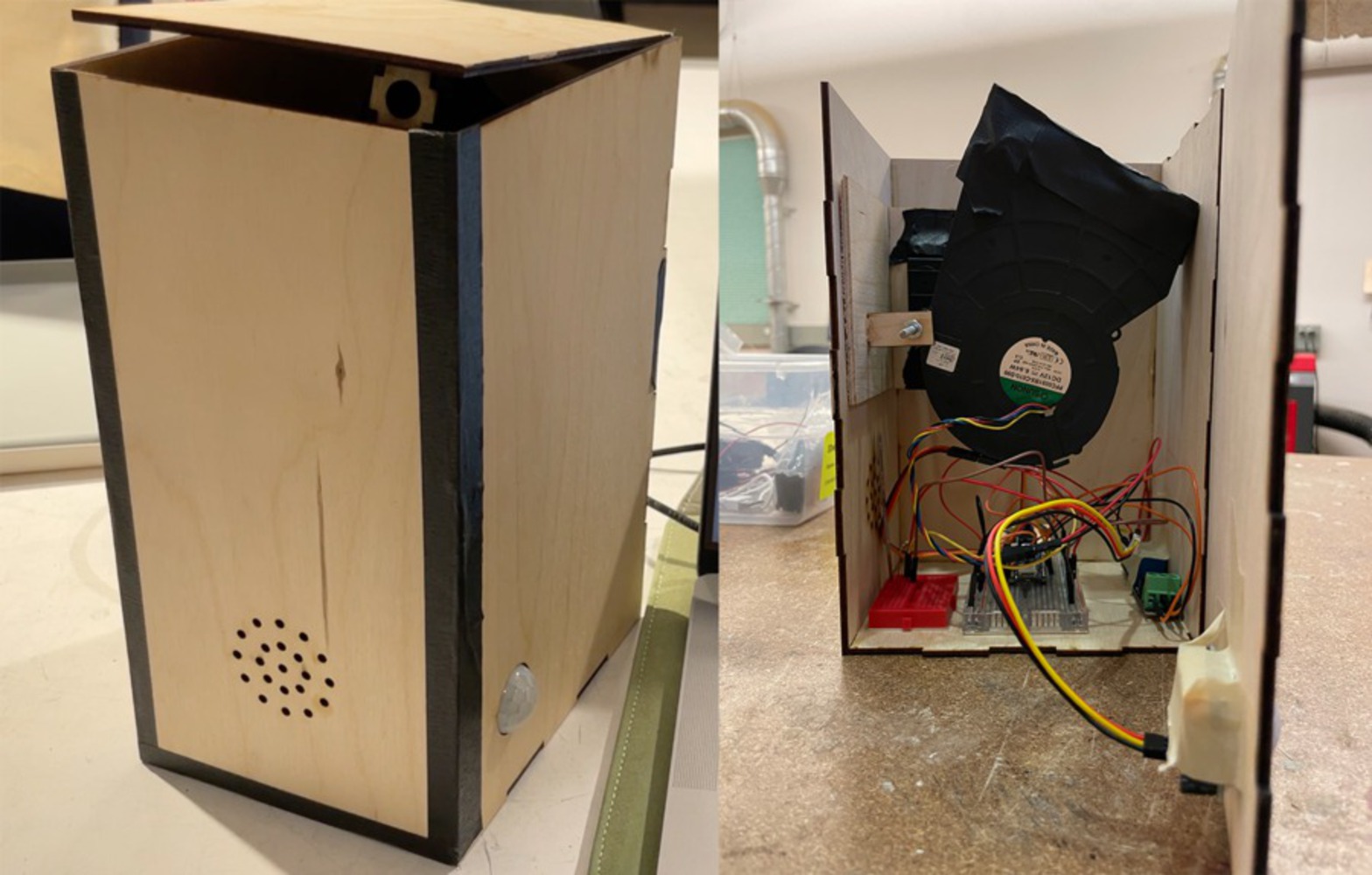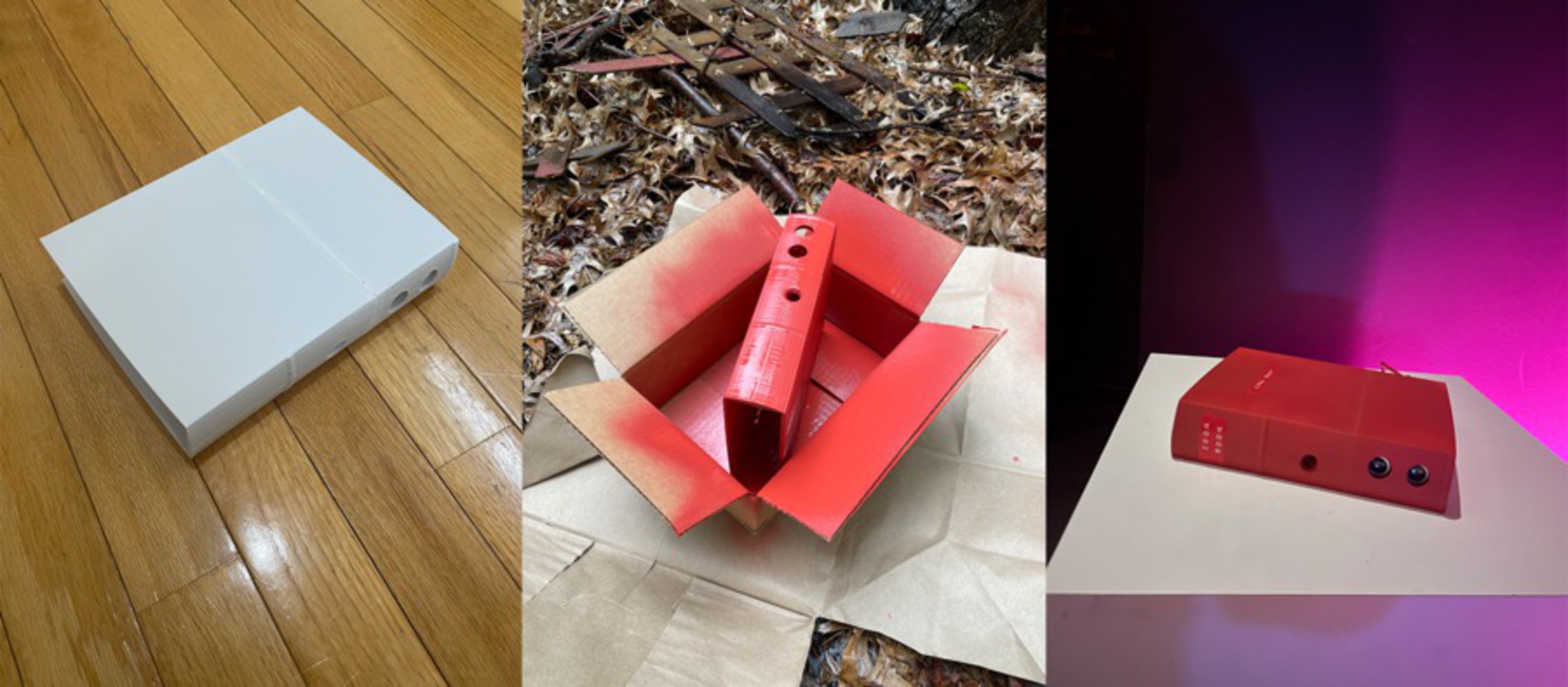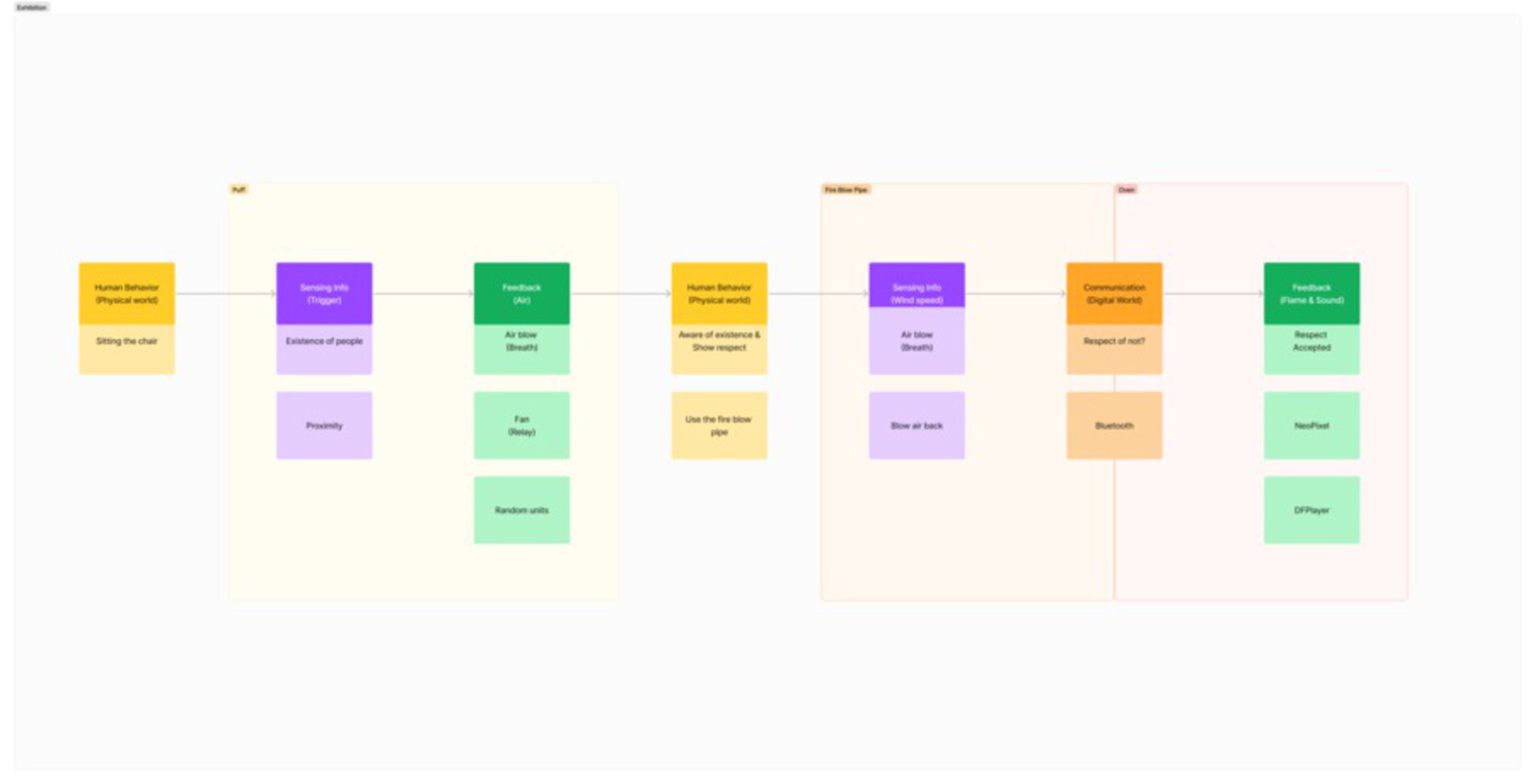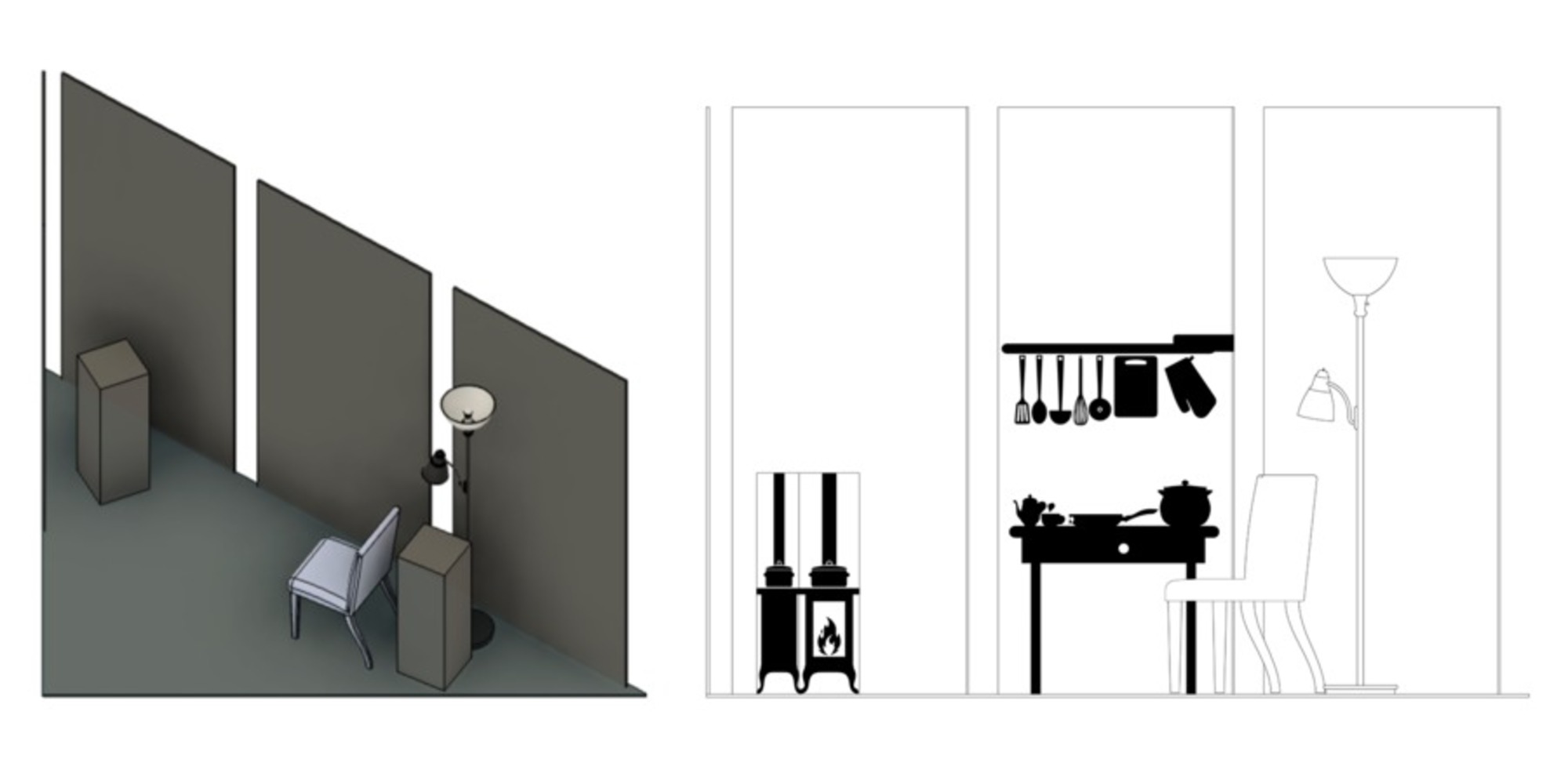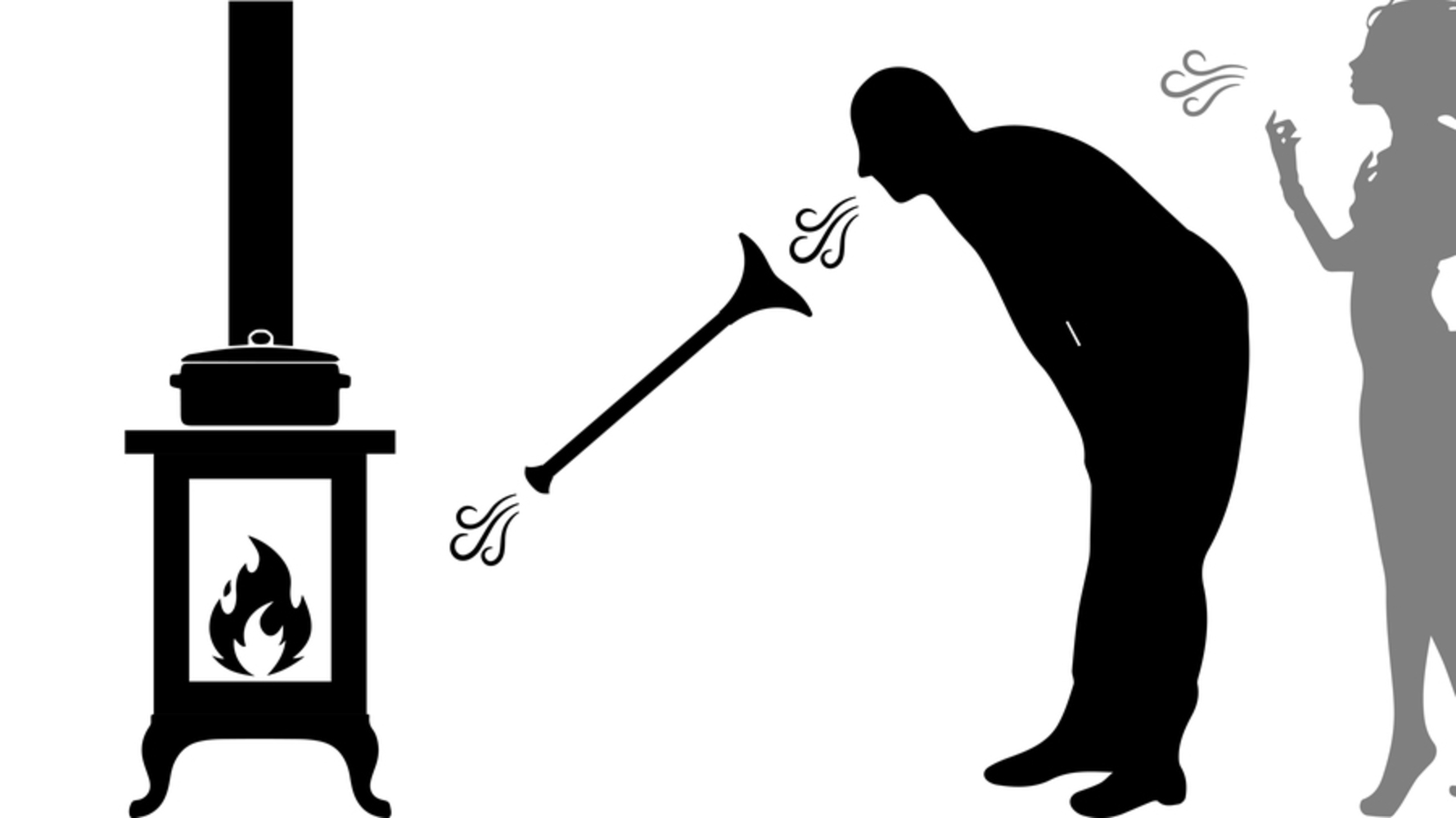Title:
I'm here
Credit:
This project was conducted during the responsive mobile environment course taught by Daragh Byrne under the theme of spooky technology—special thanks to the teaching assistant, Zhenfang Chen.
Description:
In Korean shamanism, Gasin is considered a type of deity that is believed to safeguard specific objects, families, and spaces within a house. Multiple gods reside in every house room, each responsible for different tasks to ensure our well-being. Among them is Jowangshin, the Goddess of fire and the hearth, who resides in the kitchen. Customs such as carrying fire when moving homes, bringing matches to a new home, or a habit of not extinguishing the fire originated from worshiping her. A belief in the kitchen goddess suggests that families thrive when she is respected. Have you ever been aware of her presence in your own home? Did you show her your respect yet?
The project aims to materialize the presence of Jowangshin, the Goddess of the kitchen and fire, in a way that can be perceptible to people. The intention is to manifest her existence in a delicate and imperceptible yet sensible manner, achieved through breath. Breath is a crucial aspect of one's being, and the sensation of air from breathing represents the embodiment of existence.
Object 1: Puff
The movement of wind, essentially the flow of air, prompted contemplation on the breath. Breath animates all living beings, an undeniable aspect of existence. Despite this, feeling someone's breath is rare as it requires close proximity. However, sensing someone's breath on the back creates a mysterious feeling of presence, almost like someone is following them.
Object 2: Oven & Fire Blow Pipe
The Goddess of fire and the hearth, Jowangshin, is known to communicate her emotions through the intensity of the oven's flames. When the fire is not strong enough, she may express her unhappiness, as it can affect the cooking process. It is important to honor her role and assist in creating a large fire to show respect for her work.
Assist her in creating the large flame by using the fire blowpipe.
